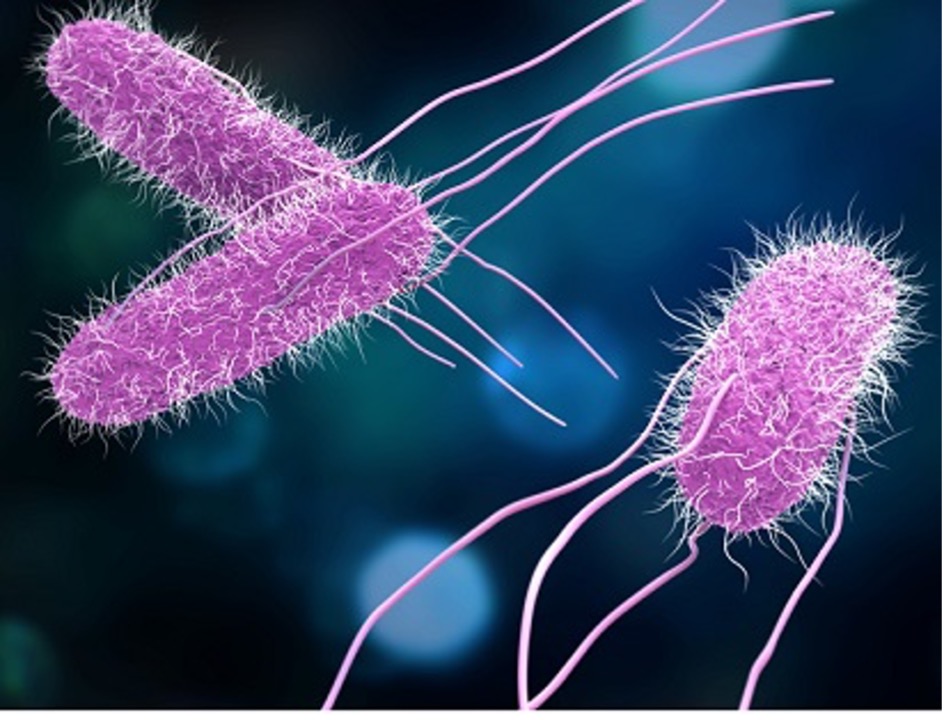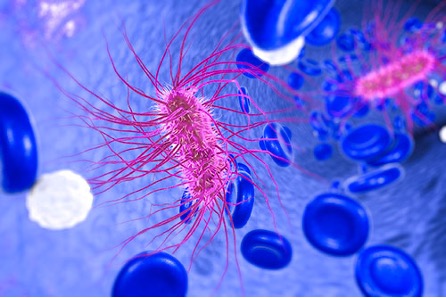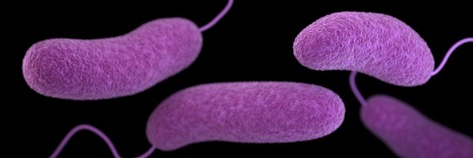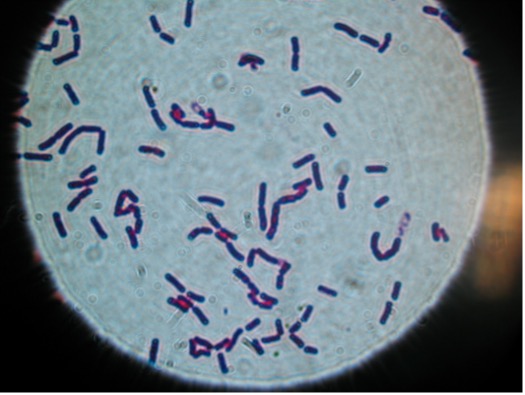Top 10 Bacteria Responsible for Foodborne Outbreaks: Prevention and Detection
News 15 5 月, 2024
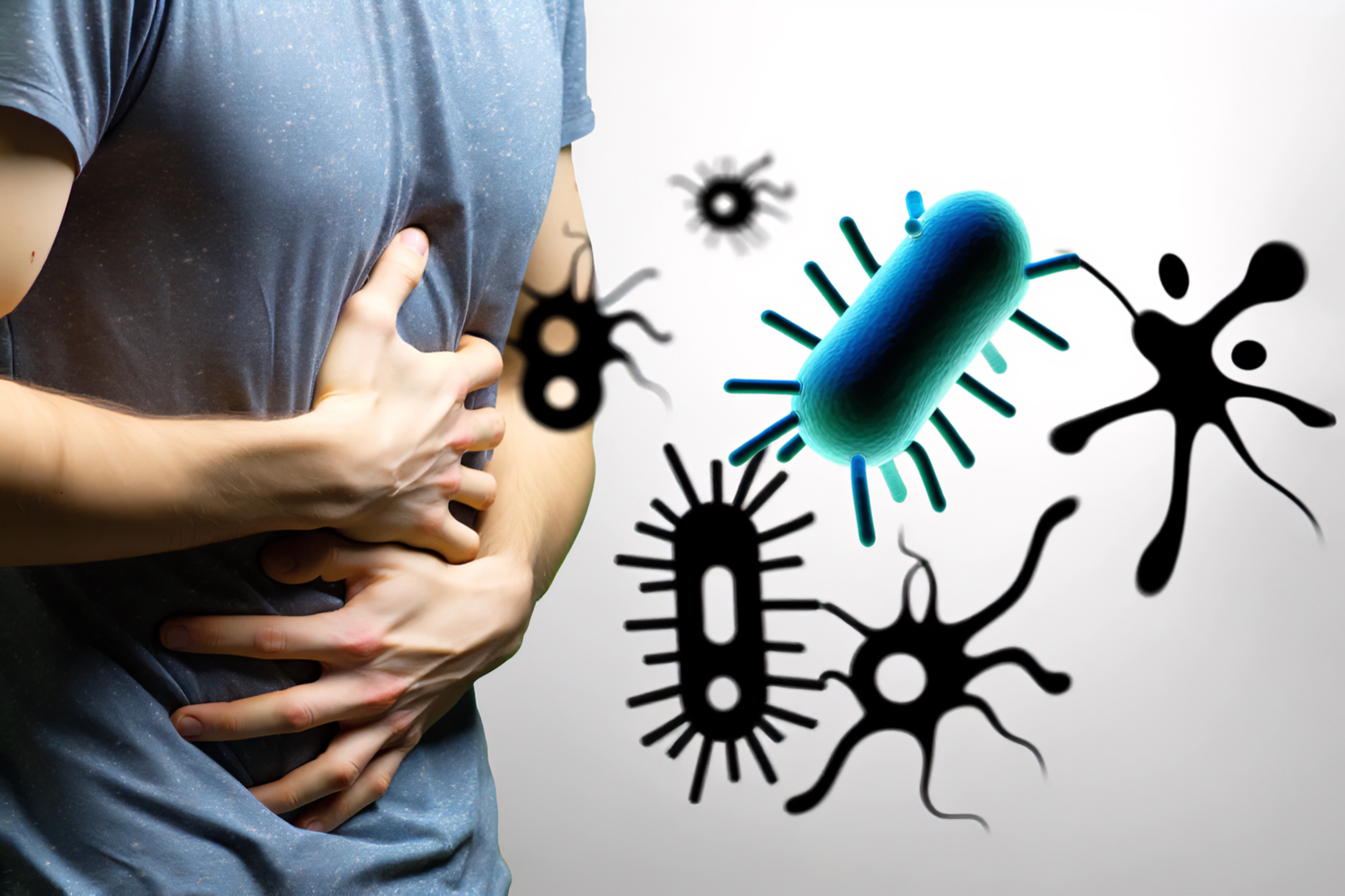
Food safety is one of the biggest public health concerns in the world. Although food safety measures have been put in place and strengthened over the years, foodborne illnesses have remained a significant challenge to global health. The most conservative estimate by the Food and Drug Administration indicates that 48 million Americans, which is about one in every six people, are sickened by foodborne illness each year. This includes 128,000 hospitalizations and about 3,000 deaths.
Food safety management is an extensive undertaking that includes multiple factors aimed at ensuring the food in the supply chain remains free from contamination and from causing illnesses to the consumers. One of the most common forms of contamination and danger to food safety is bacterial contamination. Microbial detection systems must be highly effective in detecting and managing bacteria to prevent bacterial infections. This article reviews the top 10 bacteria that threaten food safety and portrays the importance of solid food safety measures and effective microbial detection that companies such as Huankai Group seek to provide.
The Top 10 Bacteria Leading to Food Safety Concerns
- Salmonella: This bacterium is prevalent in poultry, eggs, meat, dairy products, and even fruits and vegetables. It’s a leading cause of diarrheal illnesses globally, typically associated with foods that are consumed raw or undercooked. Key prevention strategies include thorough cooking, avoiding cross-contamination, and proper food handling.
- Escherichia coli (E. coli): Particularly the O157:H7 strain, is known for its severe health risks. Found primarily in undercooked ground beef and unpasteurized milk and juices, pathogenic E. coli can cause serious gastrointestinal distress and complications such as hemolytic uremic syndrome. Prevention involves cooking meat to safe temperatures and opting for pasteurized dairy and juice products.
- Listeria monocytogenes: Thrives in cooler environments and can be found in refrigerated ready-to-eat foods like deli meats and soft cheeses. Listeriosis is especially dangerous for vulnerable groups such as pregnant women, the elderly, and immunocompromised individuals. Safe food practices include maintaining low refrigerator temperatures, avoiding cross-contamination, and thoroughly cooking susceptible foods.
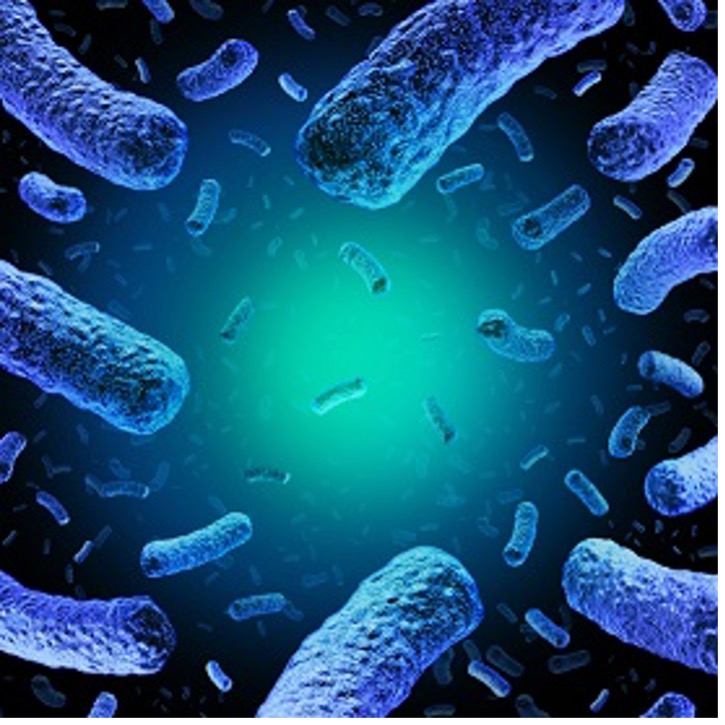
Listeria Monocytogenesis is a bacterium that is a leading cause of hospitalization and death resulting from foodborne illnesses.
- Campylobacter: Most commonly associated with raw or undercooked poultry and unpasteurized milk. It causes campylobacteriosis, which is marked by diarrhea, fever, and abdominal cramps. Ensuring poultry is cooked to the correct internal temperature and avoiding raw milk are effective ways to prevent infection.

Campylobacter is considered to be the most common bacterial cause of human gastroenteritis in the world.
- Clostridium botulinum: Known for its deadly toxin, this bacterium is found in improperly canned foods, preserved foods like garlic in oil, and other low-acid foods stored without oxygen. Botulism, though rare, is life-threatening and prevention is critical, focusing on proper canning techniques and food storage practices.
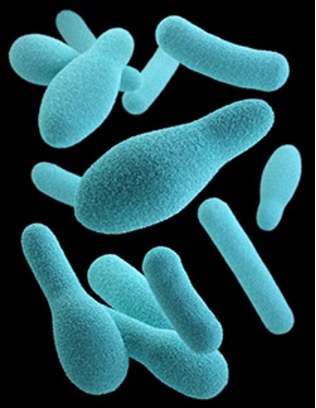
Clostridium botulinum is rare but causes a serious illness by producing a toxin that attacks the body’s nerves.
- Staphylococcus aureus: This bacterium can contaminate food through improper food handling, especially by food handlers who do not practice good hygiene. It can produce toxins in foods that are left at room temperature and are not cooked further, such as sandwiches and salads. Maintaining good personal hygiene and proper food storage are essential for prevention.

About 25% of people and animals have Staphylococcus aureus on their skin and in their noses.
- Vibrio vulnificus: Found primarily in raw or undercooked shellfish, especially oysters, this less common bacterium is particularly dangerous for those with weakened immune systems. Thoroughly cooking shellfish and avoiding raw seafood consumption are key preventive measures.
- Shigella: Spreads through direct contact and contaminated food and water. Common in settings with inadequate sanitation, it causes dysentery with symptoms such as bloody diarrhea and fever. Prevention relies on good personal hygiene, thorough handwashing, and ensuring safe food and water sources.
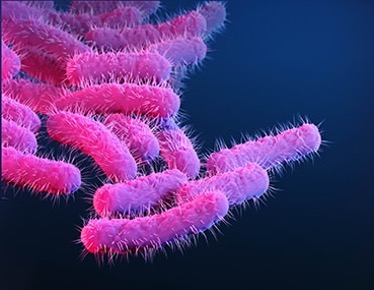
Children younger than 5 years are most likely to get shigellosis, but people from all age groups can get this disease.
- Bacillus cereus: Often linked to foods like rice, pasta, and potatoes that have been left at room temperature. It produces toxins that cause rapid-onset food poisoning. To prevent Bacillus cereus-related illnesses, it’s crucial to store cooked foods at safe temperatures and handle food with clean equipment.
- Yersinia enterocolitica: Typically found in pork, raw milk, and contaminated water. It causes yersiniosis, an infection marked by diarrhea, abdominal pain, and fever, especially severe in children. Proper handling, cooking, and refrigeration of food are crucial to prevent this infection.

Yersiniosis is an infection caused most often by eating raw or undercooked pork contaminated with Yersinia enterocolitica bacteria.
Recent Outbreak of Food Recall Demonstrating Urgent Public Health Measures:
The ongoing battle against foodborne illnesses was starkly highlighted by three significant incidents, reminding us of the urgent need for swift and effective public health interventions.
The first incident involved the recall of an unprecedented 16,000 pounds of ground beef due to concerns over E. coli contamination, confirmed by the U.S. Department of Agriculture. The recalled beef, distributed on April 26 and 27, posed a serious health risk, necessitating its immediate removal from commerce. This incident underscores the critical importance of stringent safety protocols throughout the supply chain to prevent large-scale health crises (NPR, 2024).
In another significant event, Hy-Vee recalled two varieties of cheese products from 8 states due to potential salmonella contamination. This recall, which was enacted out of an abundance of caution, underscored the extensive impact of such food safety concerns. The proactive measure reflects Hy-Vee’s commitment to consumer safety and highlights the complexities of managing food safety across a broad distribution network. This incident points to the need for stringent safety protocols and robust detection mechanisms to prevent health risks associated with bacterial contamination (Newsweek, 2024).
Another significant incident occurred with Nestlé, which destroyed two million bottles of its Perrier mineral water. This drastic measure was taken as a precaution after discovering fecal bacteria in one of the wells at its Vergèze site in southern France. This situation was a result of heavy rainfall during Storm Monica, which led to contamination. The local authorities issued an order to immediately suspend the operation of the affected water extraction point due to the health risks posed by such contamination (Le Monde, 2024).
Importance of Microbial Detection in Food Safety
Preventing Outbreaks: Microbial detection is essential for identifying and measuring harmful pathogens in food before it reaches consumers. This proactive approach allows for early intervention to ensure that contaminated products are either treated or discarded before reaching consumers. For instance, if Salmonella is detected in a batch of produce, it can be isolated and either treated or disposed of to prevent the contaminated food from reaching the market and causing an outbreak.
Ensuring Compliance with Safety Standards: Regulatory bodies worldwide, including the FDA in the United States and the EFSA in Europe, have set stringent guidelines for bacterial levels in foods. Routine testing and microbial detection are vital not only for adhering to these regulations but also for certifying food products for sale. This compliance is crucial for maintaining public trust in the food supply and shielding businesses from the severe consequences of safety failures.
Supporting Public Health Monitoring: The role of microbial detection extends beyond preventing immediate health threats to a critical function in ongoing public health monitoring. By tracking the types and prevalence of bacteria in the food supply, health authorities can observe trends, prepare for potential outbreaks, and gauge the effectiveness of existing food safety measures. This surveillance is indispensable for adjusting food safety protocols in response to emerging threats.
HuanKai Group: Leading Innovations in Microbial Detection for Enhanced Food Safety
HuanKai Group, established in 1993, has become a cornerstone in the field of microbial detection and control, particularly within the food safety industry. The company’s mission to safeguard public health on a global scale is realized through its development of sophisticated technologies that address the complexities of microbial contamination across various sectors. This includes food, water, pharmaceuticals, clinical, agricultural, veterinary sciences, and environmental monitoring.
HuanKai Group’s journey began over three decades ago with a focus on addressing the urgent need for improving microbial safety in the food and beverage industry. Recognizing the global nature of food supply chains, the company expanded its reach to offer its pioneering solutions worldwide. Today, HuanKai serves clients around the globe with its state-of-the-art microbial detection systems.
Learn More About Us
Learn more about how HuanKai Group’s cutting-edge technologies can support your safety efforts on our website, explore our product offerings, or initiate a partnership to enhance public health safety at HuanKai Group.
References:
Le Monde. (2024). Nestlé destroys two million bottles of Perrier over bacterial contamination. Environment. Retrieved from https://www.lemonde.fr/en/environment/article/2024/04/25/nestle-destroys-two-million-bottles-of-perrier-over-bacterial-contamination_6669490_114.html
NPR. (2024). More than 16,000 pounds of ground beef sold at Walmart recalled over E. coli risk. Retrieved from https://www.npr.org/2024/05/04/1249172053/walmart-ground-beef-recall-e-coli-cargill
Newsweek. (2024). Cheese Recall as Warning Issued to Customers. Retrieved from https://www.newsweek.com/cheese-recall-warning-hyvee-salmonella-1897753
U.S. Food and Drug Administration. (2024). People at risk of foodborne illness. FDA. Retrieved from https://www.fda.gov/food/consumers/people-risk-foodborne-illness
